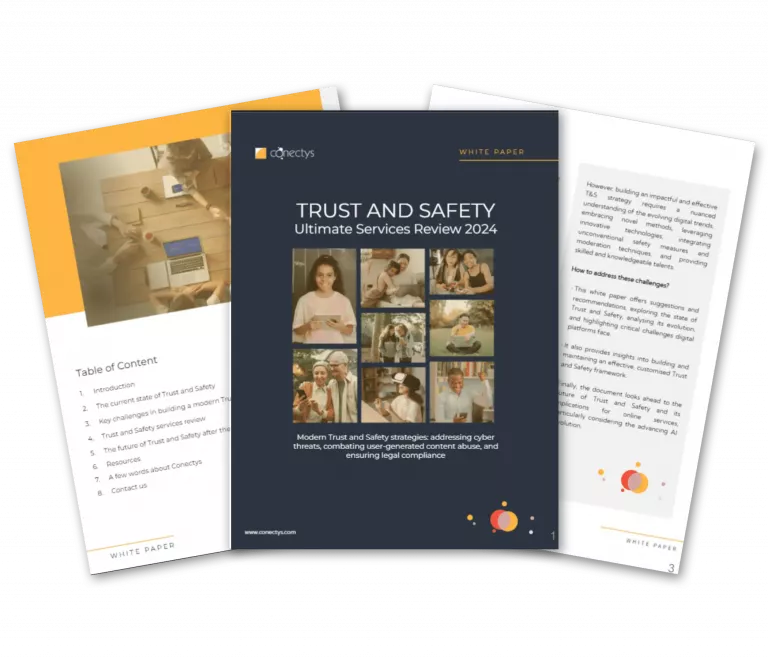Ever wonder what your customers really think about your brand? Beyond just making a purchase, are they truly happy with the experience you provide? If you’re not sure, you might be missing out on a business superpower: customer satisfaction.
What is Customer Satisfaction (CSAT)?
Customer satisfaction, often measured by a Customer Satisfaction (CSAT) score, is a key metric that tells you how happy customers are with your company’s products, services, or a specific interaction . Think of it as a direct pulse check on your customer experience and product quality.
While CSAT is a specific measurement, it’s part of a broader family of customer satisfaction metrics that includes the Net Promoter Score (NPS) and the Customer Effort Score (CES) . Each metric gives you a different view:
- CSAT measures satisfaction with a recent, specific interaction .
- NPS measures overall customer loyalty and willingness to recommend your brand .
- CES measures how much effort a customer had to put in to get an issue resolved .
Together, these tools help you track customer satisfaction from multiple angles, giving you a complete picture of how you’re performing in the eyes of your end-users.
The Importance of Customer Satisfaction
So, why should you track customer satisfaction? Simply put, happy customers are the foundation of a successful business. Measuring satisfaction is crucial because it helps you:
- Increase customer loyalty: Satisfied customers are more likely to stick with your brand .
- Boost your brand reputation: Happy clients often become brand advocates, spreading positive word-of-mouth.
- Reduce customer churn: By identifying and addressing issues early, you can prevent customers from leaving for a competitor .
However, the real value comes from action. Collecting CSAT data without using it to make improvements is a missed opportunity. When you monitor your customer satisfaction KPIs and respond to dips by improving products or training your support team, you turn feedback into real business growth .
How to Measure Customer Satisfaction
Getting started with measuring customer satisfaction is easier than you might think. It typically involves sending out simple surveys at key moments in the customer journey .
CSAT Survey Questions & Calculation
The most common way to track customer satisfaction is with a direct survey. A typical CSAT survey question is straightforward, asking something like, “How satisfied were you with your recent purchase?” .
Customers then rate their satisfaction on a simple scale, such as:
- A numerical scale (e.g., 1–5 or 1–10)
- Descriptive words (“Very Satisfied” to “Very Dissatisfied”)
- Visual cues like stars or smiley faces
The CSAT calculation formula is just as simple. You take the number of “satisfied” responses (typically scores of 4 and 5 on a 5-point scale), divide it by the total number of responses, and multiply by 100 to get a percentage .
CSAT (%) = (Number of satisfied responses ÷ Total number of responses) x 100
For example, if you received 100 survey responses and 80 of them were a 4 or 5, your CSAT score would be 80% . Pretty good, right?
Proof in Numbers: Examples and Tools
Many leading companies use these metrics to stay ahead. For instance, Amazon built its empire by focusing on a frictionless customer experience, leading to an 89% loyalty score . After implementing an AI-powered virtual assistant, agri-retailer Sayurbox saw its customer satisfaction surge by 45% by providing efficient, 24/7 support .
You don’t need a massive budget to get started. There are many user-friendly customer satisfaction tools available:
- SurveyMonkey helps you create and send professional surveys to gather feedback .
- Zendesk is an all-in-one platform for managing customer communications and support tickets .
- Nicereply allows you to embed surveys directly into emails to gather feedback after every support interaction .
- Tidio combines live chat and chatbots to engage customers proactively and gather feedback in real-time .
Improving Customer Satisfaction: Best Practices
Gathering data is the first step; the next is improving customer satisfaction. The key is to design surveys that give you actionable insights. Here are some customer satisfaction survey best practices:
- Keep it short and sweet: Aim for surveys that take no more than 5-10 minutes to complete to increase response rates .
- Ask clear questions: Avoid jargon or leading questions that might influence the customer’s answer .
- Time it right: Send surveys shortly after an interaction, like a purchase or a support call, while the experience is still fresh in your customer’s mind .
- Allow for more detail: Include an optional open-ended question like, “Tell us more about your experience,” to capture valuable qualitative feedback .
By regularly listening to your customers and acting on their feedback, you can create experiences that not only satisfy them but turn them into loyal fans of your brand.
Ready to find out what your customers are thinking? Let’s talk about how you can start putting these insights into action.


